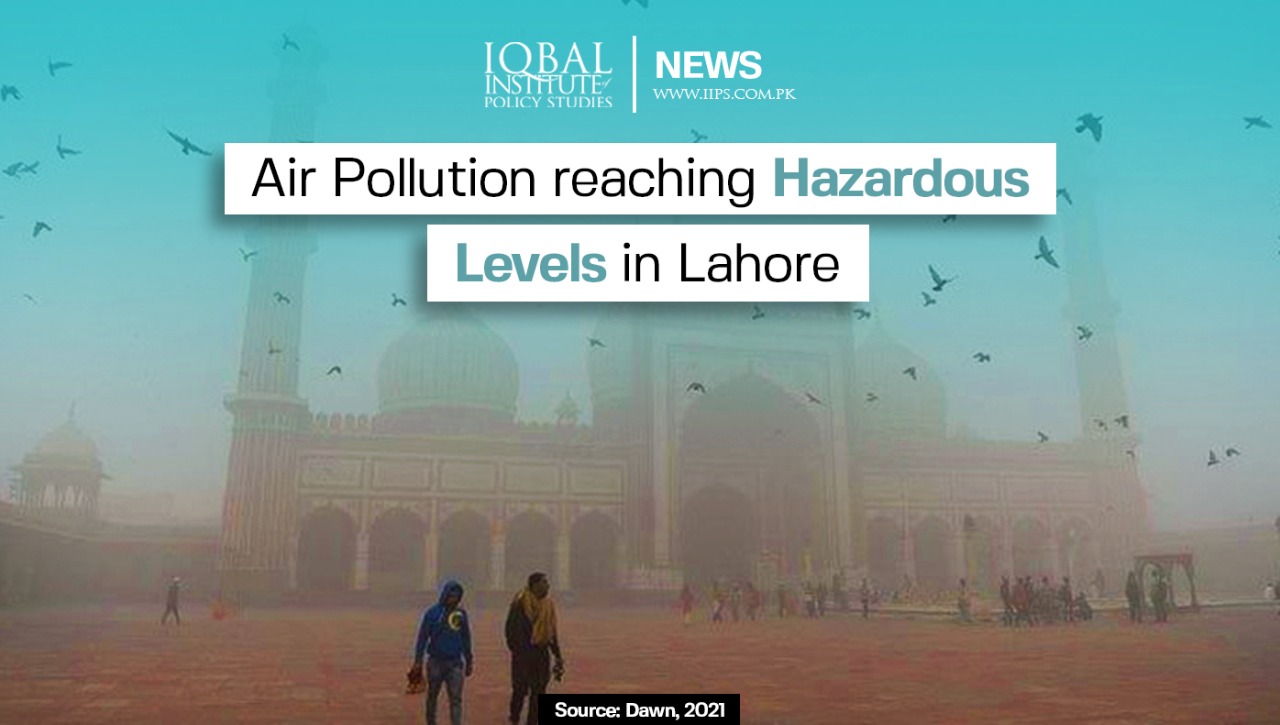
Being one of the most urbanised cities of Pakistan, Lahore has been declared as the world’s most polluted city based on its air quality reaching hazardous and extremely hazardous levels. The provincial capital has left behind New Delhi in its air quality index ranking by scoring 397 points according to international monitoring bodies, while New Delhi stood at half of Lahore’s pollution level at 187. Alarmingly, a haze can be seen in the city, which cannot be characterised as smog, but pure pollution.
The Punjab government has declared the phenomenon a calamity and has directed administrative officers to make efforts towards mitigation of this health hazard in the province. Since 2014, smog has been a routine affair in the provincial capital. Experts at the UN and World Bank place the transport sector as the biggest contributor to pollution in Punjab, followed by industry and agriculture. Continuation of crop burning, use of old brick kiln techniques, and no fines on polluting vehicles are also aggravating the situation. The government needs to install higher quality air index measuring devices in multiple locations in the city, while also ensuring that waste management companies ensure water sprinkling on roads, streets, and construction sites to limit dust in air.
A policy on controlling smog was laid out in 2017 by the Environment Protection Department of The Government of Punjab. The policy aims to better understand the problem and provide short-term and long-term solutions to mitigate the harmful impacts of smog on public health. The policy also focuses on increasing awareness in the public on the issue. Although monitoring instruments have been installed throughout different vital areas to gather data, no proper database can be found to date. The Punjab government admitted it had “scant” air quality data, saying only that the official safety limit for PM2.5 particles was “exceeded frequently”.

Leave a Reply